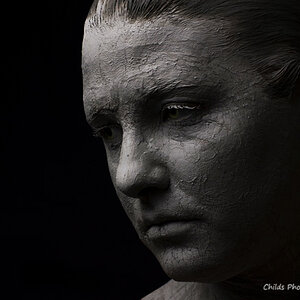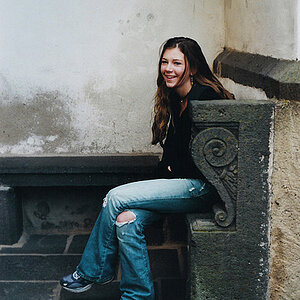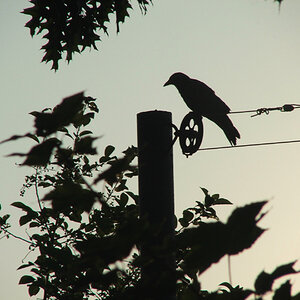M.elty
TPF Noob!
- Joined
- Aug 19, 2014
- Messages
- 2
- Reaction score
- 0
- Location
- Vicksburg, MI
- Can others edit my Photos
- Photos OK to edit
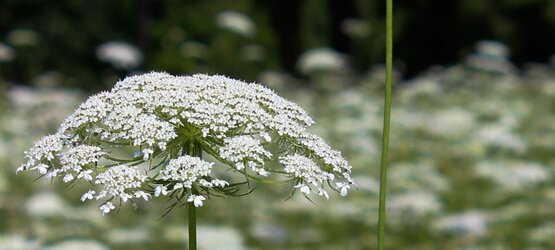
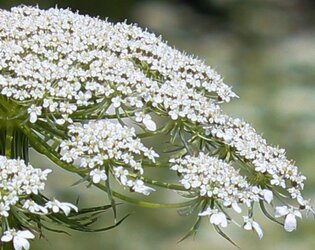
Here's a sample picture of a Queen Anne's Lace that I took in full sunlight with the kit lens of my EOS Rebel T3i. I've noticed that typical red/blue aberration can be seen on the edges of a lot of things in my photos, but this white haze effect is really the most annoying since I can't correct it in Lightroom. I did have a UV filter on my lens, but even when I removed it both the red/blue aberration and the white haze persists. This image was shot in JPEG, but it persists in RAW as well.
What is this? Is there a way to correct the white haze/bloom?



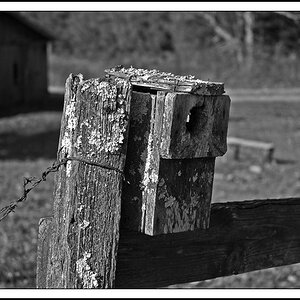
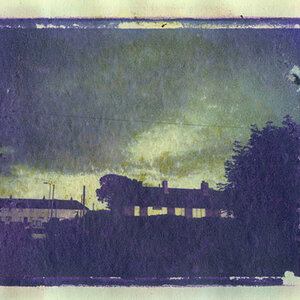
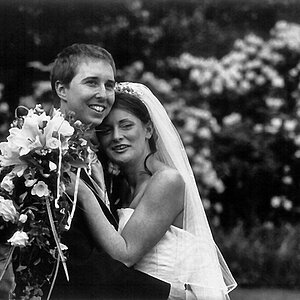
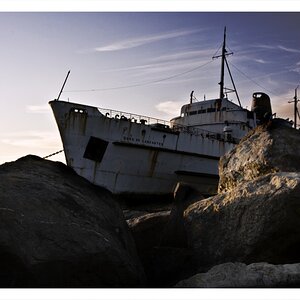
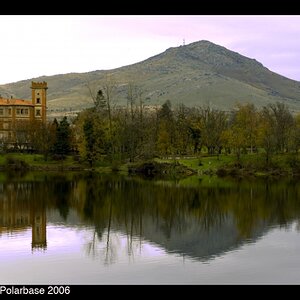
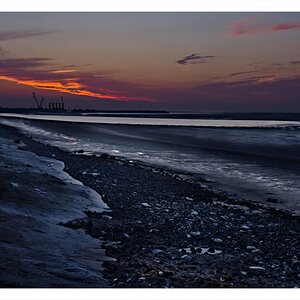
![[No title]](/data/xfmg/thumbnail/37/37606-3c9ffb5906173fa2aa489341967e1468.jpg?1619738148)
